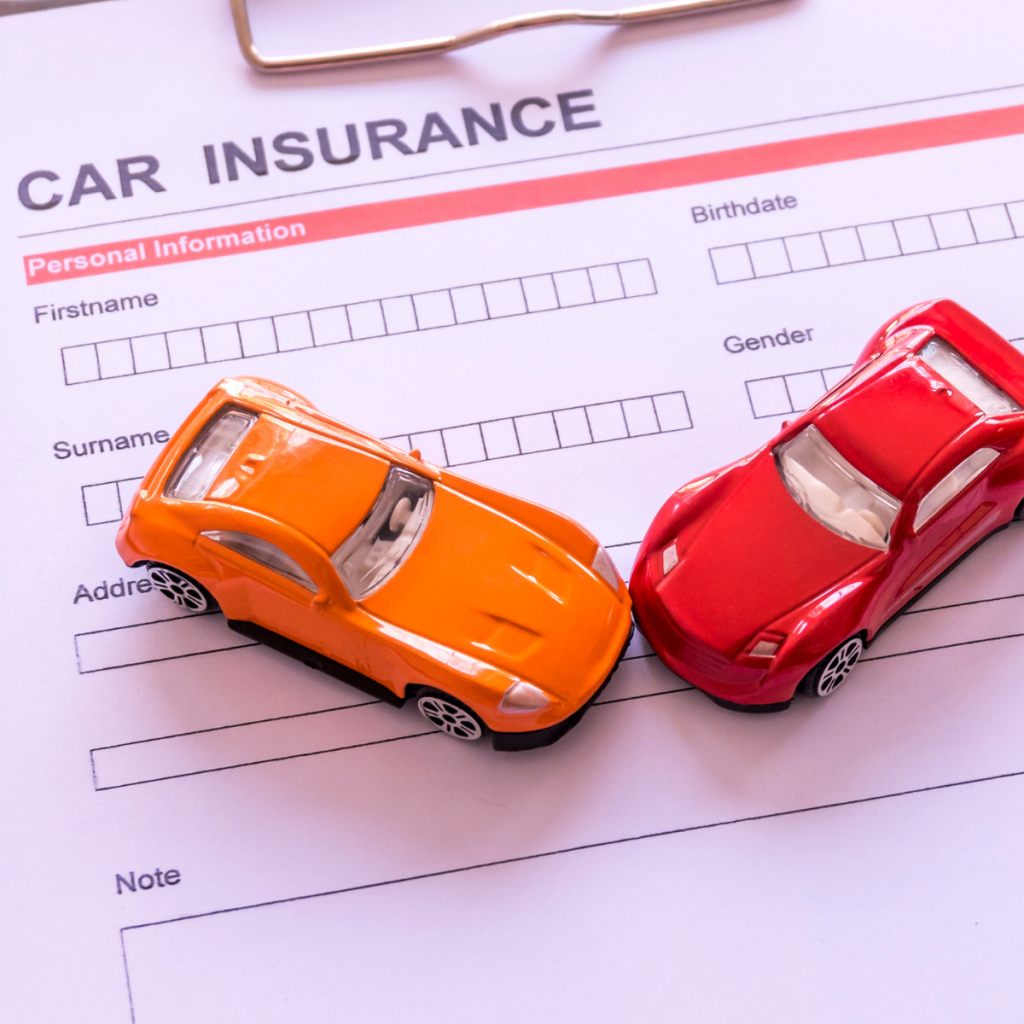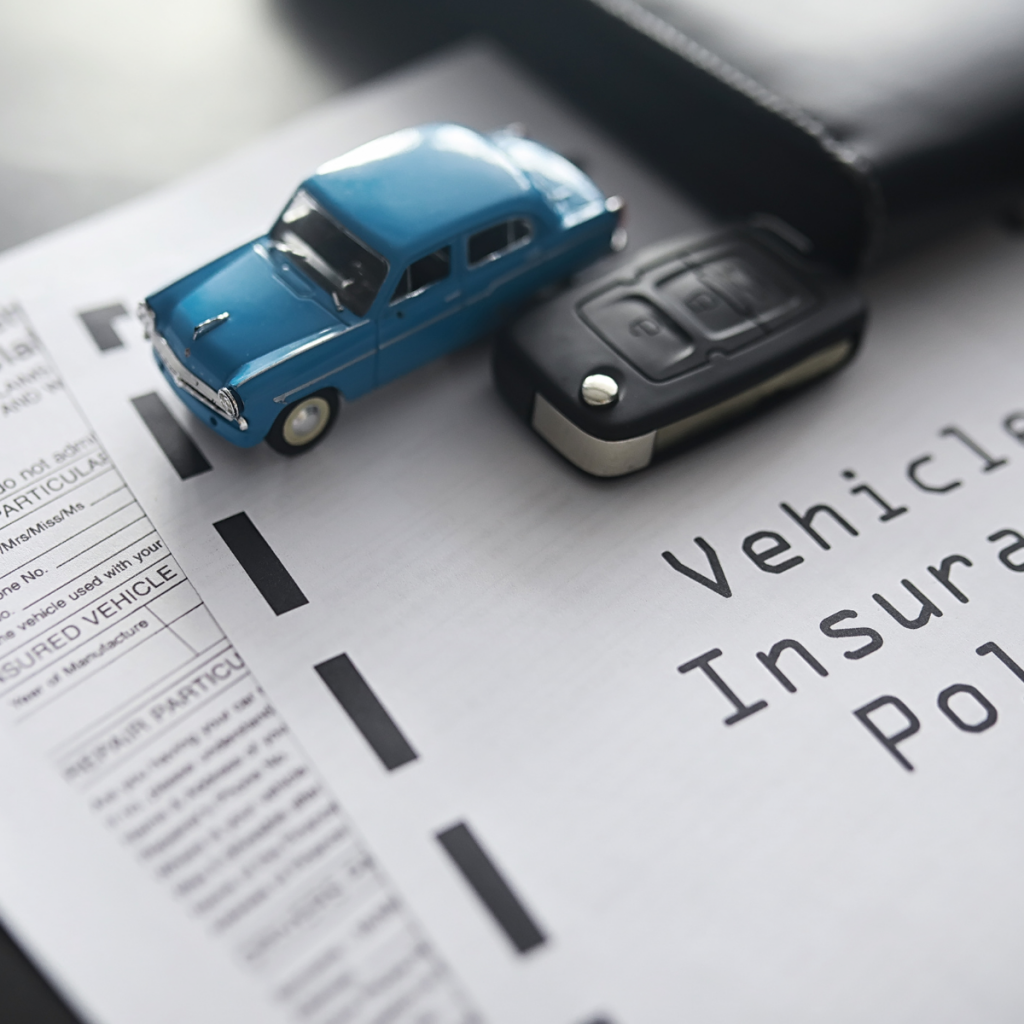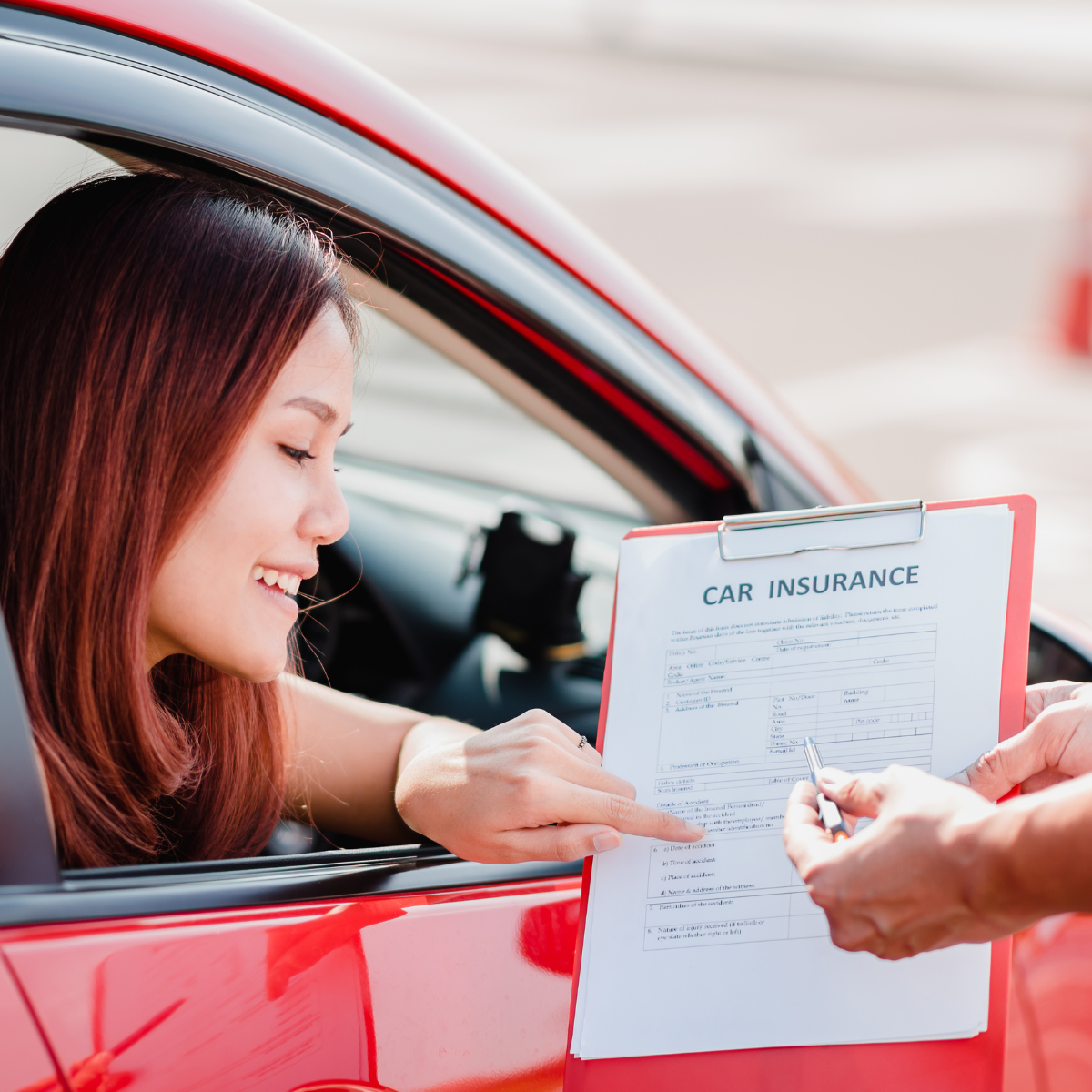Auto insurance is essential for every car owner, offering protection against potential accidents, theft, and other unexpected incidents. However, choosing the right auto insurance policy for your needs can feel overwhelming due to the wide range of options available. With so many coverage types and factors affecting premiums, it’s crucial to make an informed decision. In this blog, we will guide you step-by-step on how to choose the best auto insurance policy, helping you get the right coverage at the right price.

Understanding the Basics of Auto Insurance
Before diving into how to choose the best auto insurance, it’s important to first understand the different types of coverage available. Auto insurance policies are typically made up of several key components:
- Liability Insurance: This covers damages and injuries that you cause to others in an accident.
- Collision Coverage: Pays for damage to your own vehicle when you’re involved in an accident.
- Comprehensive Coverage: Protects against damages to your vehicle caused by events other than accidents, like theft or natural disasters.
- Personal Injury Protection (PIP): Covers medical expenses for you and your passengers in the event of an accident.
- Uninsured/Underinsured Motorist Coverage: Provides protection if you’re in an accident with a driver who doesn’t have enough insurance.
- Medical Payments Coverage (MedPay): Helps pay for medical expenses for you and your passengers, regardless of fault.
Each of these types of coverage plays a unique role in protecting you and your vehicle. Understanding how they work will help you determine which ones are necessary for your specific needs.
Step 1: Assess Your Needs and Risks
The first step in choosing the right auto insurance policy is assessing your own needs and risks. Every driver is different, and what works for someone else may not be suitable for you. Consider the following factors:
- The Age and Condition of Your Vehicle: If you have a newer car, you may want comprehensive and collision coverage to ensure it’s fully protected. If you drive an older car, liability insurance might be enough, as the value of the car may not justify paying for expensive coverage.
- Your Driving Habits: Do you drive frequently or for long distances? If so, you may want to consider higher levels of liability insurance or additional coverage, as you’ll be exposed to more risk. On the other hand, if you only use your car occasionally, a lower level of coverage may suffice.
- Your Budget: Consider how much you can afford to pay each month for auto insurance. Keep in mind that while higher coverage may provide more protection, it will also increase your premiums.
- Your Location: Where you live can also impact your insurance needs. If you live in an area with high traffic or frequent accidents, you might want higher liability and collision coverage.
By understanding your unique circumstances, you’ll be able to make a more informed decision on the type of coverage that suits you.

Step 2: Research State Insurance Requirements
Each state has its own minimum requirements for auto insurance coverage, which usually include a minimum amount of liability insurance. For example, in some states, you may only be required to carry liability insurance, while other states may mandate additional coverages, such as Personal Injury Protection (PIP).
Make sure to research the minimum insurance requirements in your state and keep in mind that just meeting these requirements may not offer you adequate protection. While it’s important to meet the legal requirements, you may want to consider additional coverage options that provide more comprehensive protection.
Step 3: Compare Coverage Options
Once you have a clear understanding of your needs, it’s time to compare different coverage options. While most insurance providers offer similar coverage types, the details of each policy can vary significantly. Here’s how to approach comparing policies:
- Coverage Limits: Check the limits of coverage for each type of insurance. For example, how much liability coverage is offered for bodily injury or property damage? Higher limits typically mean higher premiums, but they provide more financial protection in the event of a serious accident.
- Deductibles: A deductible is the amount you pay out of pocket before your insurance policy kicks in. Choosing a higher deductible can lower your monthly premiums, but it means you’ll pay more upfront in the event of a claim. Decide on a deductible that balances affordability with your ability to pay if an accident occurs.
- Exclusions and Limitations: Some policies may have exclusions, such as specific circumstances where coverage won’t apply (e.g., driving under the influence or racing). Be sure to read the fine print and understand what is and isn’t covered by the policy.
Comparing policies from different insurance providers will help you find the best deal while ensuring that you’re getting the right amount of coverage for your needs.
Step 4: Consider Optional Add-Ons
While basic coverage may be enough for some drivers, many people choose to add optional coverage to their policy to increase protection. Some common add-ons include:
- Roadside Assistance: If your car breaks down, roadside assistance coverage can help cover the cost of towing or minor repairs.
- Rental Car Reimbursement: If your car is being repaired after an accident, this coverage will reimburse you for the cost of renting a car.
- Gap Insurance: If you owe more on your car loan than your vehicle is worth, gap insurance will cover the difference if your car is totaled.
These add-ons can provide extra peace of mind, but they also come with additional costs. Consider whether the benefits outweigh the extra expense.
Step 5: Review the Insurance Provider’s Reputation
The reputation of the insurance provider is just as important as the coverage itself. A company may offer great rates, but if it has a poor track record when it comes to paying claims, it may not be the best choice. Here’s how to evaluate an insurance provider:
- Customer Service: Research reviews and customer feedback on the insurer’s customer service. Are they responsive to inquiries? Do they handle claims efficiently?
- Claims Process: Check how easy it is to file a claim with the insurance company. A smooth and hassle-free claims process is crucial when you need help after an accident.
- Financial Stability: Look up the insurer’s financial rating to ensure they have the ability to pay out claims. Independent rating agencies such as A.M. Best, Moody’s, and Standard & Poor’s provide these ratings.
Choosing an insurer with a solid reputation will ensure that you can rely on them when it matters most.
Step 6: Get Multiple Quotes
Once you have a good idea of the coverage you need and the insurer you’re interested in, the next step is to request quotes. It’s always a good idea to get quotes from at least three different insurance providers to compare rates and coverage options.
- Online Quotes: Many insurance providers offer easy online quote tools, allowing you to quickly compare prices without having to speak to an agent.
- Speak to an Agent: If you’re unsure about what coverage you need, speaking with an insurance agent can provide personalized recommendations.
Getting multiple quotes will ensure you’re not overpaying for coverage and allow you to select the policy that offers the best value.

Step 7: Regularly Review Your Auto Insurance Policy
Your auto insurance needs may change over time, and it’s essential to review your policy periodically to ensure it still meets your requirements. This is especially important if you:
- Buy a new car or trade in an old one.
- Move to a different area with different risk factors.
- Experience a major life change, such as getting married or having children.
Reviewing your policy annually or after any major changes will help ensure you’re always properly insured.
Conclusion
Choosing the right auto insurance policy involves evaluating your needs, understanding your state’s requirements, comparing coverage options, and considering the reputation of the insurance provider. By following these steps, you can make an informed decision that provides the right level of protection at a price you can afford. Don’t forget to shop around for quotes, and review your policy regularly to ensure it continues to meet your evolving needs. With the right auto insurance in place, you can drive with peace of mind knowing you’re financially protected in the event of an accident.

Leave a Reply